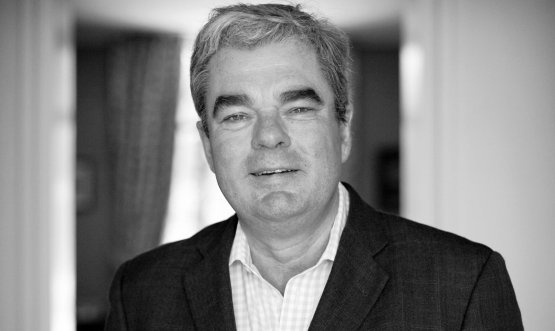Almost everyone immediately associates the city of Bordaux to wine, it’s an important point of reference in global oenology, as high quality wine has been produced here for over 300 years. It’s a modern city, in the Unesco world heritage list since 2007, it has the airport of Aquitaine, with rivers and nature transforming the region into a fairy-tale place, also characterised by a culinary rebirth.
It’s no coincidence that the New York Times has included it in its list of not to be missed destinations and a certain Robuchon is about to open a pastry shop in the historic centre together with wine entrepreneur Bernard Magrez.
Early in June they’ll open La Citè du Vin in Bordeaux: a palace made with wood and natural materials, the work of the Xtu firm in Paris to be dedicated to wine culture, with a reading room with 1,200 volumes on the topic. A virtual, sensorial, educational, universal journey that will culminate with unusual tastings.

Yet there was ferment in Bordeaux even a few weeks ago. The
Union des Grands Crus de Bordeaux, the association uniting the most important Grand Crus in the region, decided to change, after many years, its classic “en primeur” week. Each Château used to have the duty of planning visits and invitations to importers, separated from those to wine reporters, offering,
en primeur, a tasting of the 2015 vintage: a superb vintage in all the region.
Having preferred a two-day tasting in an alternative location such as the new Matmut-Atlantique stadium has however stimulated discussions. The other absolute novelty was abandoning blind tastings, declaring the label, presenting around 25 wines per series with the heroic possibility of tasting all the 2015
appellations throughout a morning or little more.
At
Château Guiraud,
Olivier Bernard,
UGC President (
Bernard is the owner at
Domaine de Chevalier in Pessac-Léognan and co-owner at
Guiraud in Sauternes) declared: «We must allow those who will buy and resell our wines, and all critics, to taste the wines in the best possible way. Everyone, including the wines, needs more tranquillity: noise and haste are of no help to anyone».
2015 is an important vintage for all
appelations, red and white. An extraordinary Merlot stands out, especially in the Pomerol interpretation: a great wine, elegant and with fruity notes. Saint-Emilion confirms its utmost supremacy, made of severe wines with notes of lilac and raspberry and elegant tannins.
An incredible yet true news: for the first time in the history of
Cheval Blanc, the most famous Saint-Emillionin the world, today owned by
Monsieur Arnaud -
LVMH and guided by
Pierre Lurton (also director at
Yquem) the second wine
Petit Cheval will not be produced, that is to say that all the plots were used for the Premiere Grand Cru Classé,
Cheval Blanc 2015 (55% Merlot and 45% Cabernet Franc).
The concurrent event at the
Thunevin’s is also interesting. The famous independent vignerons, in the heart of Saint-Emillion, where on top of their
Chateau Valandraud wines they produce the debated
Bad Boy, invited great producers from all around the world to a private preview. There will be a not to be missed tasting of
Pingus 2015, the great wine from Ribera del Duero created by Danish oenologist
Peter Sisseck, founder at
Dominio Pingus and co-owner with
Silvio Denz (a wealthy Italian-Swiss entrepreneur) of
Château Rocheyron in Saint-Emillion. Given such premises, we can only wait to see how the wine will evolve and keep this great vintage in mind.